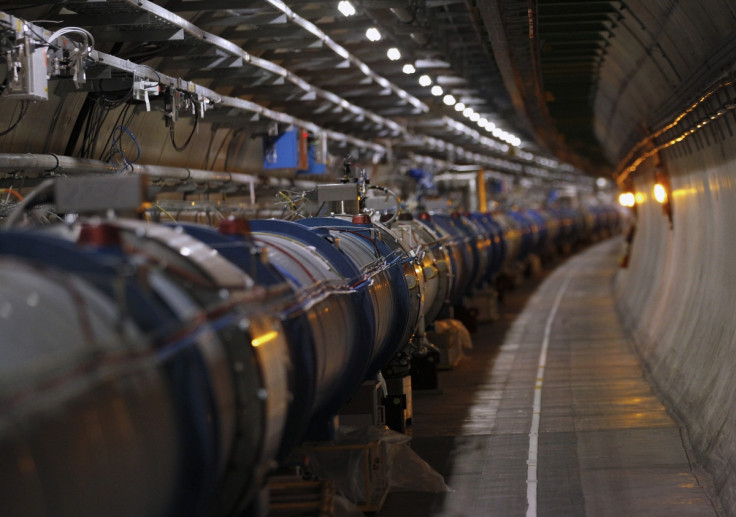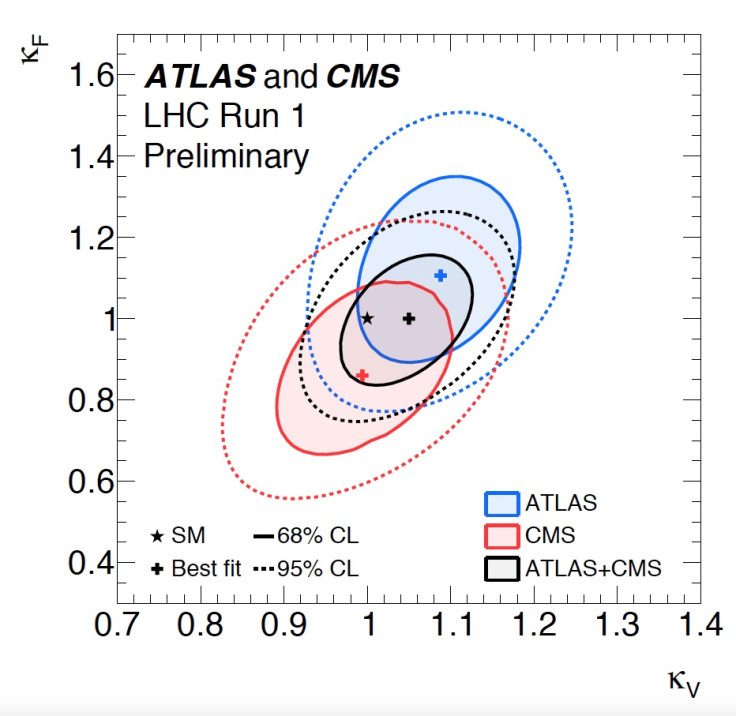LHC experiments shed light on Higgs boson and its interactions with other particles

Experiments at CERN's Large Hadron Collider have shed new light on the Higgs boson, including how it interacts with other particles and its production and decay. Scientists announced their findings at the third annual Large Hadron Collider Physics Conference (LHCP 2015), which opened on Monday (31 August 2015). Teams from the Atlas and CMS Collaborations combined their findings from data collected in 2011 and 2012 to provide the best precision on the Higgs boson production and decay. All the properties fit in with the predictions of the Standard Model, they added.
This allows scientists to use the measurements as a reference for new analysis and also for the search for new physics phenomenon. Rolf Heuer, director general of CERN, said: "The Higgs boson is a fantastic new tool to test the Standard Model of particle physics and study the Brout-Englert-Higgs mechanism that gives mass to elementary particles. There is much benefit in combining the results of large experiments to reach the high precision needed for the next breakthrough in our field. By doing so, we achieve what for a single experiment would have meant running for at least two more years."

Precise measurements of the Higgs boson are extremely important, as they are linked to the strength of the interaction of the Higgs particle with other elementary particles. The study of its decays helps to determine the nature of the boson: any deviation in measured rates compared with those predicted in the Standard Model would open a door to physics beyond the Standard Model.
ATLAS spokesperson Dave Charlton said, "This is a big step forward, both for the mechanics of the combinations and in our measurement precision." Tiziano Camporesi, from the CMS experiment, added, "Combining results from two large experiments was a real challenge as such analysis involves more than 4,200 parameters that represent systematic uncertainties. With such a result and the flow of new data at the new energy level at the LHC, we are in a good position to look at the Higgs boson from every possible angle."
© Copyright IBTimes 2024. All rights reserved.







